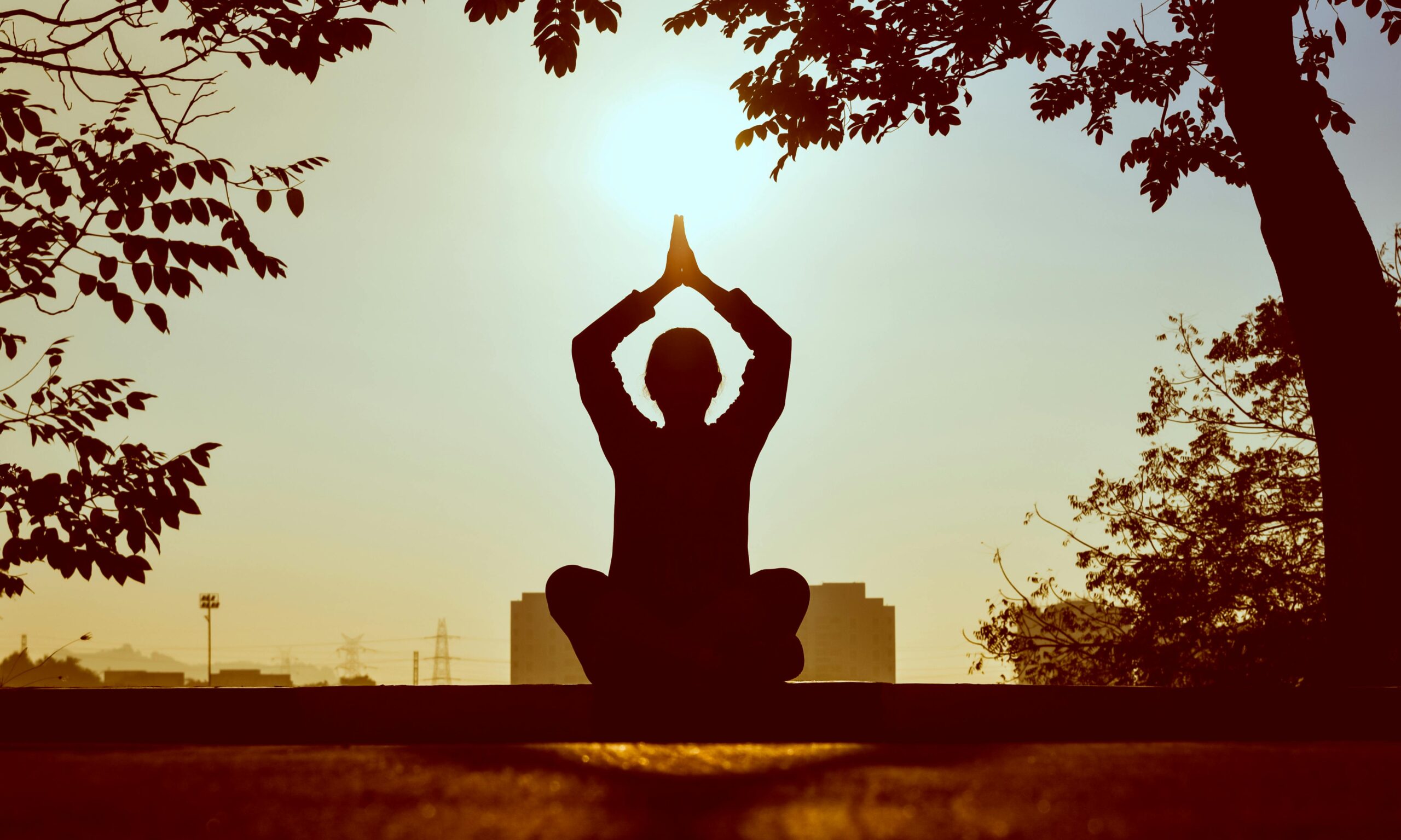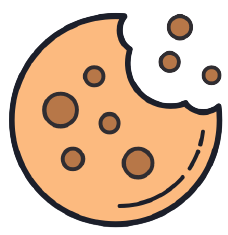- Though it’s been around for roughly 5,000 years, yoga is more popular today than ever. The fact that you can practice it just about anywhere is a big reason why. About 300 million people around the world regularly hit the mat.
- Westerners adopted yoga as a form of exercise, but at its roots, yoga is a way of life. As recorded in the Yoga Sutras, a classic yoga text attributed to the ancient Indian sage and philosopher Patanjali from the 4th century CE, yoga is based on the idea that the mind, body, and spirit are all one. The breath is said to carry a person’s life force. Many guru believe that controlling the breath rejuvenates the body, and can even extend your life.
- If you’re taming a yoga class for the first time, you might hear words you don’t recognize, like tadasana (mountain pose) or uttanasana (Standing forward bend). These words are in Sanskrit, the root of many Indian languages — and the language of yoga. Today, it’s spoken by less than one percent of Indians. Yoga’s root word, yuj, means ‘to unite,’ and refers to the two selves: the individual and the divine.
- In addition to reducing stress, yoga can improve posture and balance, strengthen bones and muscles, and keep your joints healthy. Different poses offer different benefits. For instance, downward-facing dog (adho mukha shavana-sana) can relieve back pain, while plank pose (phalakasana) is good for building a strong core. For a quick break, start out on your hands and knees and sit back, bringing your belly to the floor, with arms outstretched for child’s pose (balasana) — a gentle stretch that helps you rest and refocus.
- Swami Vivekananda is credited with popularizing yoga in the West. In 1893, he attended the Chicago’s World’s Fair, where he gave a groundbreaking speech calling for religious tolerance, prompting a two-minute standing ovation. He then went on to write Raja Yoga, published in the US in 1896, which adapted Patanjali’s Yoga Sutras for a Western audience.
- Today, Yoga is a big business: Globally, the industry is expected to generate $66 billion by 2027. And while yoga originated in India, it’s the US yoga industry that leads the pack. More than 45,000 yoga studios dot the country, and despite the fact that all you really need is a mat, the average American yogi spends an estimate $62,640 (Rs5.36 lakh) over a life-time on yoga classes and accessories.
- Children benefit from yoga too, with gains that go beyond the physical. Yoga can help reduce anxiety and improve focus, which is especially beneficial for kids with ADHD (attention-deficit/hyperactivity disorder). Yoga has also been found to help children with autism spectrum disorder better regulate their emotions.
- Some of yoga’s famous practitioners include Madonna, Megan Markle, LeBron James and Paul McCartney — who in 2020, at age 78, said in an interview that he regularly practices the headstand pose (shirshasana). The benefits of doing this pose include improved circulation, digestion and focus, but the difficult inversions puts much of your body weight on your neck and head, and it can be dangerous if not done properly.
- Between 2001 and 2014, almost 30,000 Americans ended up in the ER because of yoga-related injuries. Strains and sprains tend to be the most common issues, but more serious injuries, though rare, can happen. To prevent injury, work with a qualified instructor, warm thoroughly and don’t try positions beyond your comfort level.
- Yogi Yash Moradiya, 22, is a nine-time Guinness World Record holder for maintaining difficult poses. In 2022, he held upside-down scorpion pose (vrischikasana)– a forearm stand with the back so arched that the head and toes touch! — for 29 minutes and 4 seconds.
- Vinyasa Yoga, also called flow, is one of the most popular styles. It focuses on linking a series of poses with the breath in a quick, fluid pace. Ashtanga is like vinyasa, but more structured: It is made up of six series with a fixed order of poses. Hot yoga is performed in a sauna-like room usually heated between 27 and 40 degrees. The heat is said to increase stamina, flexibility, and calorie burn.
- Already into yoga and looking to change up your practice? Try a modern variation. Aerial yoga involves hanging from a silk hammock suspended from the ceiling; it can reduce the joint pressure some people feel while doing yoga on the floor. Animal yoga is about decreasing stress and boosting your mood by practicing poses in the company of puppies, goats and even horses.
- Corpse Pose (Shavasana) looks simple: Lying flat on one’s back, eyes closed. But it can be deceivingly difficult to master, as it calls for a state of meditative calm. Typically the final position of a yoga class, the purpose of this pose is to allow your practice to settle in your mind and body. After that, you and your classmates usually acknowledge each other with a greeting that even non-yogis know: Namaste.
This website uses cookies. to enhance your browsing experience, serve personalized ads or content, and analyze our traffic. By clicking “Accept & Close”, you consent to our use of cookies. Read our Privacy Policy to learn more.





